Figures & data
Figure 1 Effects of calycosin on proliferation, apoptosis, and cell cycle regulation in U87 and U251 cells.
Abbreviations: OD, optical density; PI, propidium iodide.
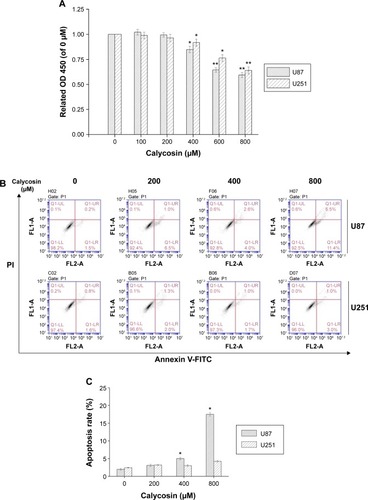
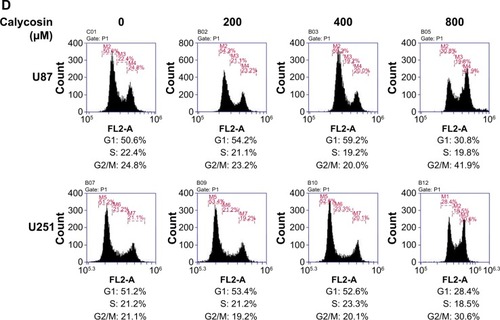
Figure 2 Inhibitory effects of calycosin on cell migration and invasion.
Abbreviation: OD, optical density.
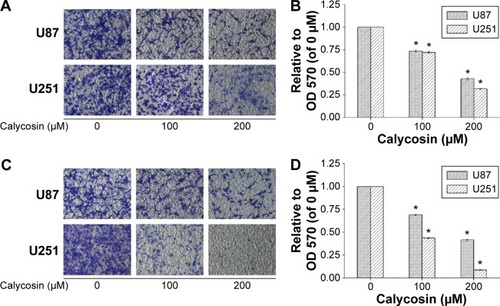
Figure 3 Calycosin inhibited mesenchymal properties and MMPs in U87 and U251 cells.
Abbreviation: MMP, matrix metalloproteinase.
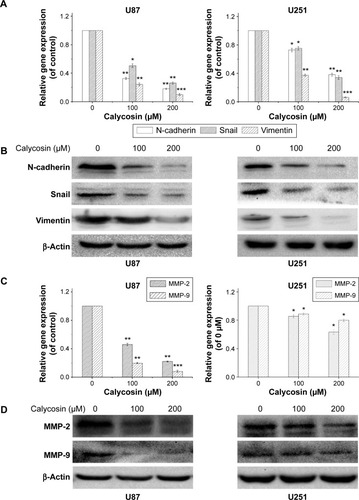
Figure 4 Effects of calycosin on transforming growth factor beta (TGF-β) expression in glioblastoma cells.
Abbreviation: PCR, polymerase chain reaction.
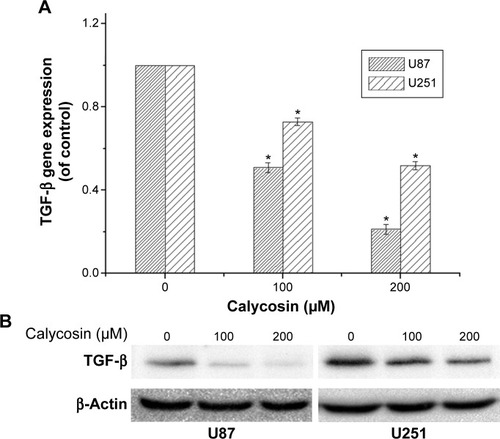
Figure 5 Overexpression of transforming growth factor beta (TGF-β) reduced response to calycosin.
Abbreviations: MMP, matrix metalloproteinase; OD, optical density.
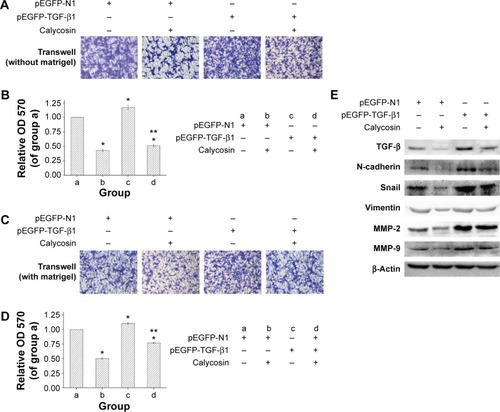
Figure 6 In vivo antitumor effects of calycosin in a xenograft model.
Abbreviations: CA, calycosin; MMP, matrix metalloproteinase; PBS, phosphate-buffered saline.
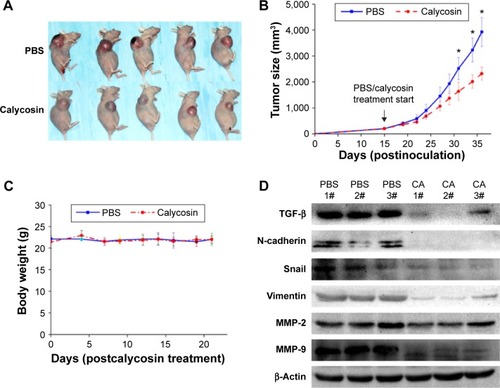
Table S1 Primers for quantitative real-time RT-PCR analysis of gene transcript expression
